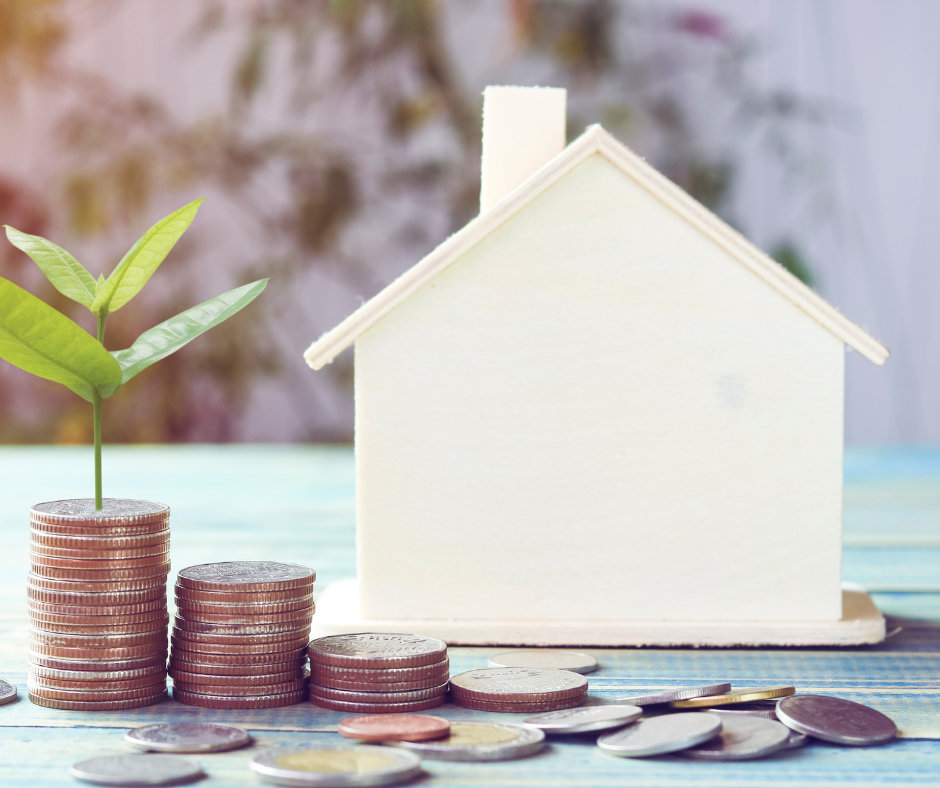We know that our expenses generally fall into one of three categories.
- Critical – Rates, rent, mortgage, other debts, electricity, gas, insurance and phones. We have a pretty good idea of what these are going to cost.
- Needs – Food and general household living expenses, transport and cars, school fees and health costs. This can be more variable, and we have some scope to reduce them.
- Wants – Jewellery, gifts, clothes, shoes, holidays, eating out, coffees and buying lunch at work, to name a few. If push came to shove, we could cut these back.
We also know that wants are not essential to living comfortably, but we all like them. For most people, it isn’t splashing out on the wants that is the problem.
The real problem for most people is they spend too much in one or more of the following three areas.
Cars – A survey taken at the end of 2022 showed that 60% of respondents said that the cost and hassle of owning a car stress them out. No wonder when a small car can cost around $12,000 a year to run while a large pickup could cost up to $50,000 a year to run.
For two-car families, even those driving old cars, this can end up being one of the biggest expenses.
Once repairs of older cars and the fuel efficiency of newer cars are factored in, there is not a big difference between driving a newer car or driving an older one. The big difference is mainly due to the initial purchase price and the size of the vehicle.

Keep in mind that for a 40-year-old, every $10,000 spent now ends up reducing your net wealth by around $32,000 by the time you are 60. If you do this once, it is not a big deal, but if you do this every year for 20 years, it will end up reducing your retirement nest egg by nearly $400,000 (in today’s money).
If we consider a two-car household, if you spend $40,000 instead of $20,000 a year on cars, this will cost you an additional $800,000 over 20 years.
Food and general household living expenses – If you are like us with a growing family, food (including takeaways!) and general household expenses can easily bring you to your knees. A two-parent, two-children family can spend between $300 and $1,000 a week.
At least 90% of my clients (and me!!) could easily trim $100 a week from their food and general living expenses without noticing any real difference. Ironically, the best way to do it is to eat more healthily. More fruit, vegetables, and beans.
For a 40-year-old, trimming your food and general expenses by $100 a week for 20 years will end up giving you nearly $200,000 more in retirement.
Mortgage – variable interest rates can range from 5.75% up to nearly 8%. On a $500,000 loan, an interest rate of 5.75% costs $3,150 per month. For every 1% more, your mortgage increases by nearly $4,000 a year.
It might not sound like much, but this might end up costing you $100,000 over the life of the loan.
Each year, we recommend having your mortgage broker review your loans to ensure you are getting the most competitive rate.
I don’t believe in having to live frugally, but as you can see, making some simple changes can make a very big difference to when you achieve financial independence.
If you don’t feel like you are getting ahead, we specialise in working with professionals to help them achieve financial independence. If you are looking for an independent financial adviser to help you, book a chat via the button below or contact us at 02 6269 3339 or team@constructwealth.com.au.
About the Author
Phil Harvey is an independent financial adviser. In 2017 Phil set up his company Construct Wealth to help clients best manage their finances so they focus on what is important to them. He is a founding member of the Profession of Independent Financial Advisers and a tax financial adviser.
General Advice Warning
This advice contains general information. It may not be suitable to you because it does not consider your personal circumstances. Phil Harvey and Construct Wealth are authorised representatives of Independent Financial Advisers Australia (AFSL 464629)
See related articles
Pay off the mortgage or invest?
Do I pay off the mortgage quicker - or invest? One of the most common questions we hear is: “Should we throw extra money at the mortgage, [...]
A plan for financial independence
For many professionals in their early 40s, the idea of being financially independent before they are 60 sounds like a dream. School fees, mortgages, and lifestyle costs [...]
Have you hit the ‘wealth plateau’?
For many families, hitting your 40s with a strong income feels like success. You’ve worked hard, bought a home, and life is busy with school runs, weekend [...]



